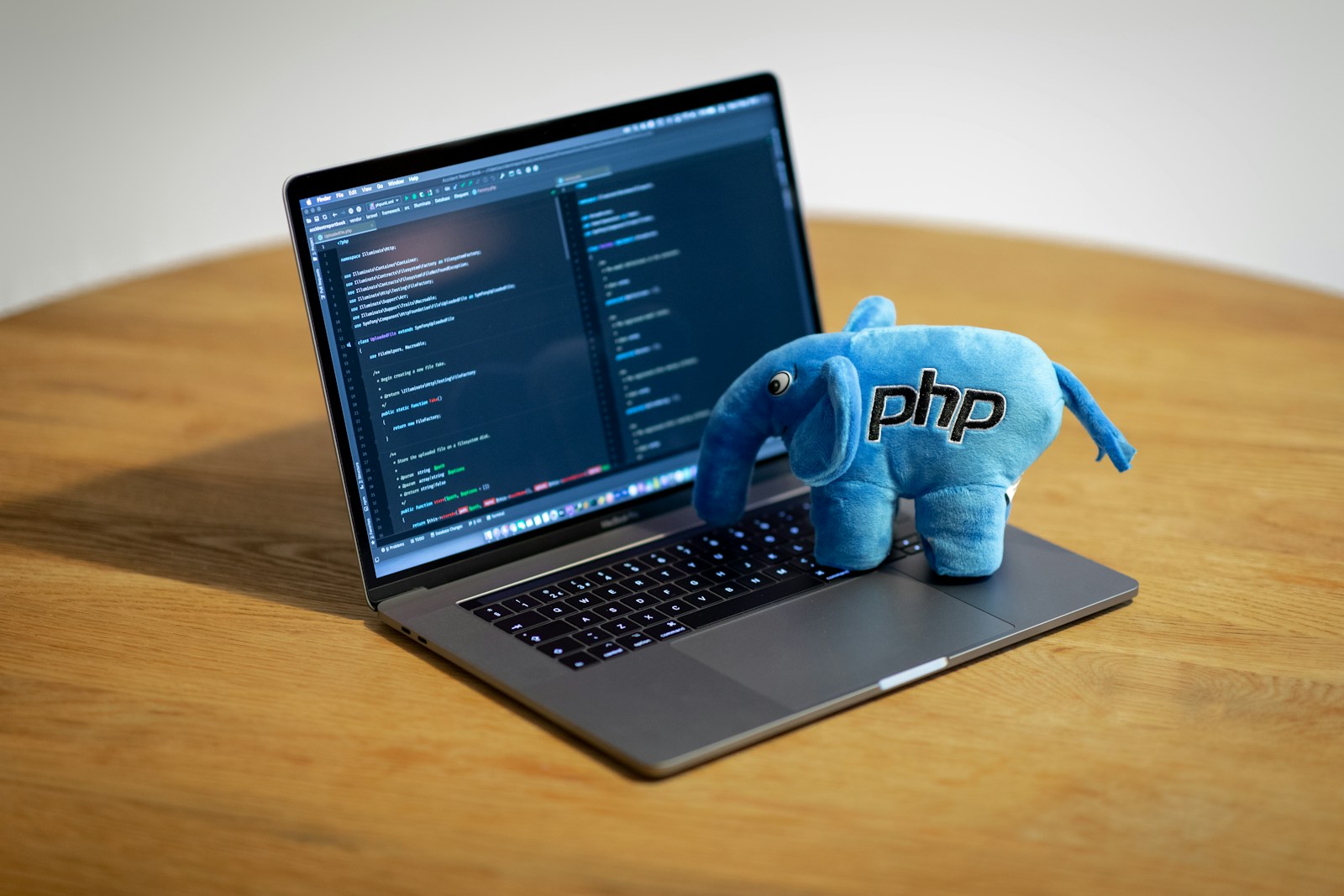Introduction
PHP is a widely-used server-side scripting language designed for web development. Building a PHP application involves setting up your development environment, creating PHP files, managing database interactions, handling forms, and testing and deploying your application. This guide will walk you through creating a basic PHP application, covering everything from setup to execution. The tutorial is designed to be comprehensive and SEO-friendly.
Table of Contents
- Prerequisites
- Setting Up the Development Environment
- Creating a New PHP Project
- Understanding the PHP Project Structure
- Building the Application Components
- Managing Database Interactions
- Handling User Input and Forms
- Fetching Data from the Database
- Styling the Application
- Testing Your PHP Application
- Packaging and Deploying the Application
- Conclusion
Prerequisites
Before you start, make sure you have:
- Basic knowledge of programming concepts and PHP
- PHP installed on your system (>= 7.3 recommended)
- A web server like Apache or Nginx
- A database server like MySQL or SQLite
- A code editor or Integrated Development Environment (IDE) like PhpStorm or VS Code
Setting Up the Development Environment
- Install PHP:
- Download and install PHP from the official PHP website. Ensure that PHP is added to your system’s
PATH.
- Install a Web Server:
- Install Apache or Nginx. For local development, you can use tools like XAMPP or WAMP which bundle PHP and Apache together.
- Install a Database Server:
- Install MySQL or MariaDB. You can also use tools like phpMyAdmin for database management.
Creating a New PHP Project
- Create a Project Directory:
- Create a directory for your project:
bash mkdir my_php_app cd my_php_app
- Create PHP Files:
- Create a
index.phpfile in your project directory:php <?php echo "Hello, World!"; ?>
- Start the Development Server:
- Use PHP’s built-in server for development:
bash php -S localhost:8000 - Access your application in the browser at
http://localhost:8000.
Understanding the PHP Project Structure
A typical PHP project structure might include:
index.php: The main entry point for your application.config/: Configuration files (e.g., database connections).public/: Publicly accessible files (e.g., CSS, JavaScript, images).src/: Core application code (e.g., classes, functions).templates/: HTML templates.views/: View files for output (if using a templating engine).includes/: Reusable PHP files (e.g., header, footer).vendor/: Composer dependencies.
Building the Application Components
- Define Basic Routes:
- Create an
about.phpfile:php <?php echo "<h1>About Us</h1>"; ?>
- Handle Routing:
- Use
index.phpto handle basic routing:
<?php
$page = isset($_GET['page']) ? $_GET['page'] : 'home';
switch ($page) {
case 'about':
include 'about.php';
break;
default:
echo "<h1>Home Page</h1>";
break;
}
?>
Managing Database Interactions
- Create a Database Connection:
- Create a
config.phpfile to store database connection details:
<?php
$servername = "localhost";
$username = "root";
$password = "";
$dbname = "my_database";
// Create connection
$conn = new mysqli($servername, $username, $password, $dbname);
// Check connection
if ($conn->connect_error) {
die("Connection failed: " . $conn->connect_error);
}
?>
- Create a Table:
- Use SQL to create a table in your database:
CREATE TABLE users (
id INT(6) UNSIGNED AUTO_INCREMENT PRIMARY KEY,
name VARCHAR(30) NOT NULL,
email VARCHAR(50),
reg_date TIMESTAMP
);
- Insert Data into the Database:
- Create a
insert.phpfile to insert data:
<?php
include 'config.php';
$name = 'John Doe';
$email = 'john.doe@example.com';
$sql = "INSERT INTO users (name, email) VALUES ('$name', '$email')";
if ($conn->query($sql) === TRUE) {
echo "New record created successfully";
} else {
echo "Error: " . $sql . "<br>" . $conn->error;
}
$conn->close();
?>
Handling User Input and Forms
- Create a Form:
- Create a
form.phpfile with a form:
<!DOCTYPE html>
<html>
<head>
<title>Form</title>
</head>
<body>
<form action="submit.php" method="post">
<label for="name">Name:</label>
<input type="text" id="name" name="name">
<label for="email">Email:</label>
<input type="email" id="email" name="email">
<button type="submit">Submit</button>
</form>
</body>
</html>
- Handle Form Submission:
- Create a
submit.phpfile to handle form data:
<?php
include 'config.php';
$name = $_POST['name'];
$email = $_POST['email'];
$sql = "INSERT INTO users (name, email) VALUES ('$name', '$email')";
if ($conn->query($sql) === TRUE) {
echo "Record added successfully";
} else {
echo "Error: " . $sql . "<br>" . $conn->error;
}
$conn->close();
?>
Fetching Data from the Database
- Fetch Data:
- Create a
fetch.phpfile to retrieve data:
<?php
include 'config.php';
$sql = "SELECT id, name, email FROM users";
$result = $conn->query($sql);
if ($result->num_rows > 0) {
while ($row = $result->fetch_assoc()) {
echo "id: " . $row["id"] . " - Name: " . $row["name"] . " - Email: " . $row["email"] . "<br>";
}
} else {
echo "0 results";
}
$conn->close();
?>
Styling the Application
- Add CSS:
- Create a
styles.cssfile in thepublic/directory and include it in your HTML files:html <link rel="stylesheet" href="public/styles.css">
- Sample CSS:
- Add styles in
public/styles.css:
body {
font-family: Arial, sans-serif;
}
h1 {
color: #333;
}
Testing Your PHP Application
- Manual Testing:
- Test your application manually by visiting different URLs and submitting forms.
- Automated Testing:
- Use tools like PHPUnit for automated testing. Install PHPUnit via Composer:
composer require --dev phpunit/phpunit - Create a test file
tests/Test.php:
<?php
use PHPUnit\Framework\TestCase;
class Test extends TestCase
{
public function testSample()
{
$this->assertTrue(true);
}
}
- Run tests:
bash vendor/bin/phpunit
Packaging and Deploying the Application
- Prepare for Deployment:
- Configure your
.envorconfig.phpfile with production settings (database, etc.).
- Deploy to a Server:
- Upload your project files to a web server using FTP/SFTP or other deployment tools.
- Set Up the Server:
- Configure your web server (Apache/Nginx) and database server for the production environment.
Conclusion
You’ve successfully built a basic PHP application, covering essential aspects like project setup, routing, database interactions, form handling, and testing.
68

